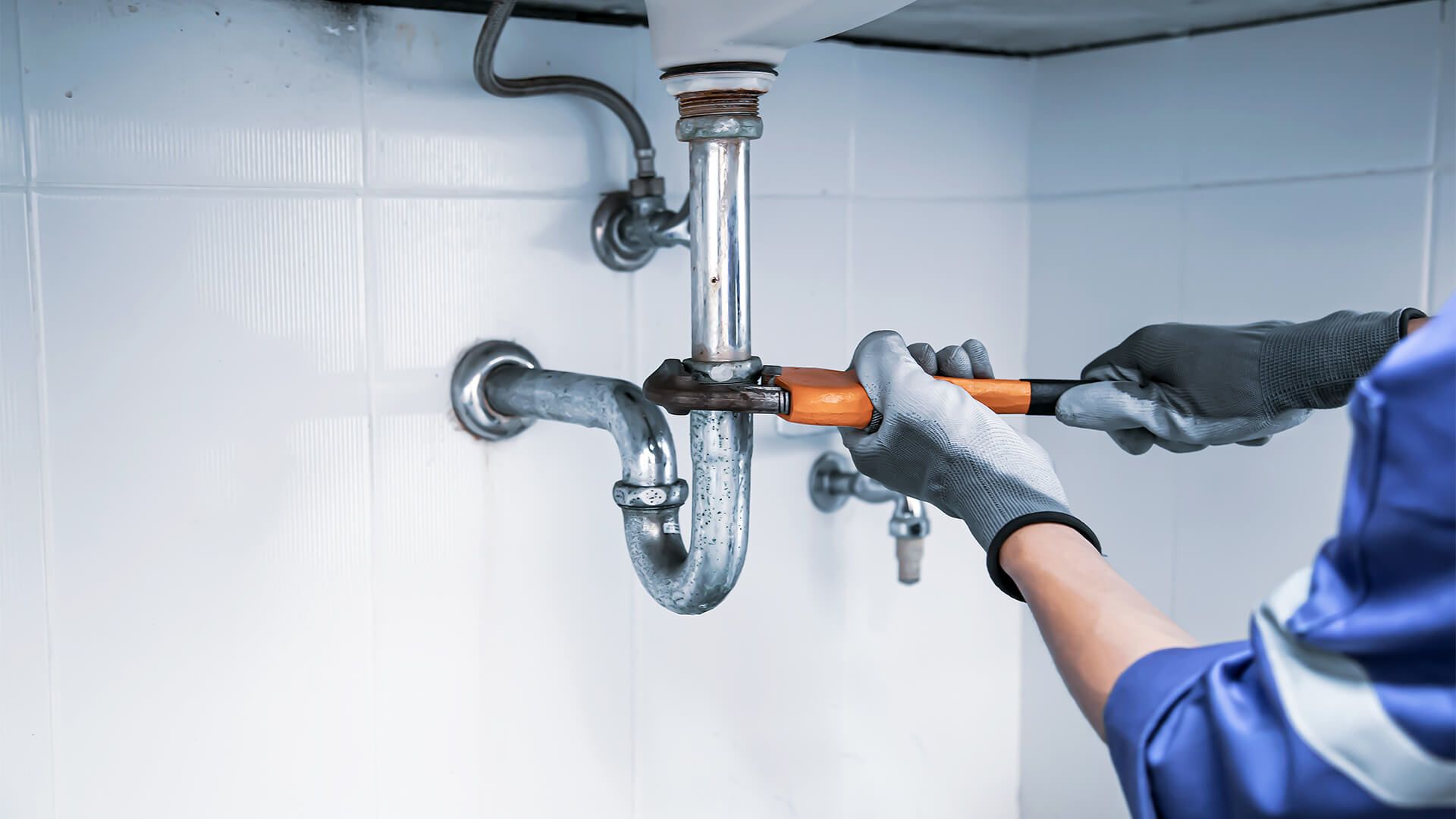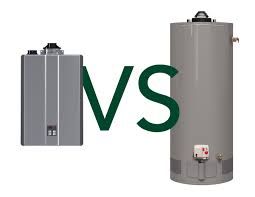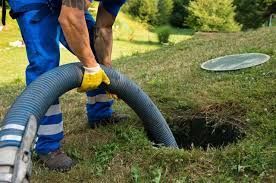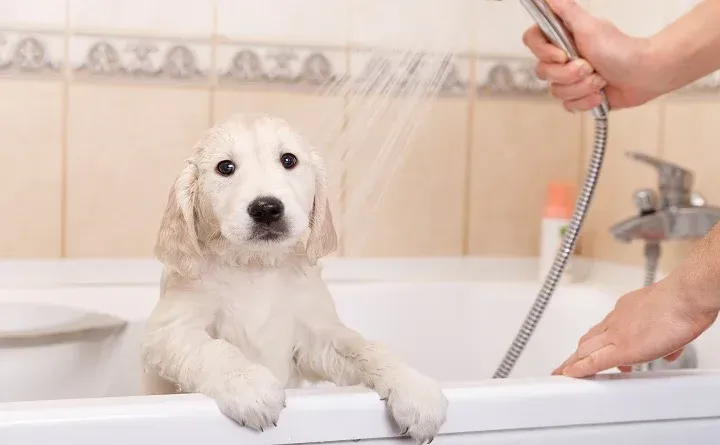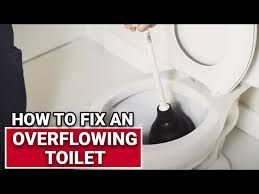DIY Sump Pump Repair: When to Call a Professional
Your sump pump plays a critical role in protecting your home from water damage and flooding, especially during heavy rains or in areas with high water tables. Like any mechanical device, it requires regular maintenance and occasional repair to ensure it performs optimally. While some sump pump repairs can be handled with a DIY approach, knowing when to call in a professional is essential for avoiding costly mistakes and ensuring the safety of your home.
This guide explores common sump pump issues, DIY repair tips, and the scenarios where professional help is a must.
"How Long Should a Sump Pump Last? Signs of Wear and Tear"
Understanding Common Sump Pump Problems
Before diving into DIY repairs, it’s important to identify the root cause of the issue. Common sump pump problems include:
Pump Failure to Turn On
This issue often arises due to power supply problems, float switch malfunctions, or a clogged intake screen.
Continuous Running
If your sump pump runs non-stop, the issue might be related to the float switch, a stuck valve, or excessive water inflow.
Loud or Unusual Noises
Grinding, rattling, or banging noises could indicate debris inside the pump, worn-out parts, or motor failure.
Insufficient Water Removal
A pump that isn’t removing water efficiently may have a clogged discharge pipe, low capacity, or a worn impeller.
Water Overflowing
Overflow can occur due to an undersized pump, broken components, or blocked discharge pipes.
DIY Sump Pump Repairs You Can Try
1. Check the Power Supply
Ensure the sump pump is properly plugged into a functional outlet.
Test the circuit breaker and reset it if necessary.
Use a backup power supply or generator during outages.
2. Inspect and Adjust the Float Switch
Clear any obstructions preventing the float switch from moving freely.
Replace the float switch if it’s damaged or stuck.
3. Clean the Intake Screen and Discharge Pipes
Turn off the pump and unplug it from the power source.
Remove debris or sediment blocking the intake screen or discharge pipes.
Flush the discharge pipe with water to clear any clogs.
4. Test the Check Valve
Examine the check valve for leaks or malfunction.
Replace the valve if it’s stuck open or closed, as this can affect water flow.
5. Tighten or Replace Loose Components
Inspect screws, bolts, and fittings for looseness.
Replace worn-out or rusted parts to prevent further damage.
6. Address Unusual Noises
Remove the sump pump and check for debris lodged in the impeller.
Lubricate moving parts if recommended by the manufacturer.
When to Call a Professional
Despite your best efforts, some issues require expert intervention. Contact a professional if you encounter:
Persistent Problems: The pump continues malfunctioning despite troubleshooting.
Electrical Issues: Faulty wiring or power supply risks can be dangerous to handle yourself.
Major Repairs: Damaged motors, cracked casings, or advanced mechanical failures.
System Replacement: If your pump is outdated or beyond repair, a professional can guide you through replacement options.
Preventive Measures to Reduce Future Repairs
Regular maintenance can significantly extend your sump pump’s lifespan and minimize repair needs. Consider these tips:
Schedule annual professional inspections to catch issues early.
Test your pump regularly, especially before the rainy season.
Keep the sump pit free from debris and sediment buildup.
Install a backup pump or battery system for emergencies.
Conclusion:
Maintaining and repairing your sump pump is essential for safeguarding your home against water damage. While many minor issues can be addressed with a DIY approach, understanding your limits and knowing when to call a professional is crucial. All City Plumbers offer reliable sump pump services, ensuring your system is in top shape and ready to protect your home. Whether it’s routine maintenance or a critical repair, trust the experts to get the job done right.

